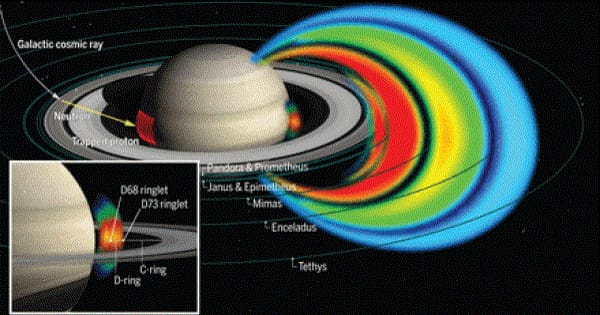Climate refers to the average weather conditions in a location over a long period of time, typically 30 years or more. How do scientists forecast the Earth’s climate in the future? They use climate models, which are special computer programs. Climate models are computer simulations. A simulation allows us to comprehend something that would be difficult to comprehend in real life.
A climate model is a simulation of all the factors that can influence the climate of the Earth. Some of these factors are constants, such as a region’s distance from the shore, elevation, and latitude. Some of the factors are changeable, such as seasons, large volcanic eruptions, air pollution, or shifts in continents over millions of years.
Climate ‘tipping points’ can be better understood and predicted using ancient climate change data, according to new research. According to scientists, a rapid rise in temperature on ancient Earth triggered a climate response that may have prolonged the warming for thousands of years.
Climate modeling is the only way we have to predict future climate change, but when models are developed, they are only evaluated using weather observations from the last 150 years or so. This means we have no way of verifying their predictions of potential abrupt change, the risks of which are only likely to increase as the planet warms.
Dr. Peter Hopcroft
The current state of knowledge about tipping points, which occur when the climate system exceeds a threshold beyond which large and often irreversible changes occur, is limited. This is due to the fact that such an event has not occurred in recent times, and certainly not since scientists began collecting climate data.
Earth System models, which are commonly used to predict climate, are based on our understanding of the physical, chemical, and biological processes that interact to shape our planet’s environment.
Scientists are aware that these models do not provide a complete picture because they do not simulate known past climate events. Researchers from the University of Birmingham and the University of Bristol show how knowledge of climate reconstructions from thousands of years ago can be used to fine-tune Earth System models to provide a more accurate understanding of climate system thresholds in a new study published in Proceedings of the National Academy of Sciences.

Dr. Peter Hopcroft of the University of Birmingham’s School of Geography, Earth and Environmental Sciences, the study’s senior author, stated: “Climate modeling is the only way we have to predict future climate change, but when models are developed, they are only evaluated using weather observations from the last 150 years or so. This means we have no way of verifying their predictions of potential abrupt change, the risks of which are only likely to increase as the planet warms. We can overcome this problem thanks to palaeoclimate records of abrupt climate changes from the distant past.”
The team concentrated on one key example, the ‘greening’ and subsequent rapid desertification of the Sahara, which occurred around 6,000 years ago during the mid-Holocene period. They were able to predict the Sahara’s transformation into a savannah by feeding data from fossil pollen and sedimentary records into a typical climate model, which was marked by increased plant coverage, lake expansion, and, most importantly, increased rainfall.
The results were then compared independently with studies of marine sediment records from the region, demonstrating how the model accurately captured a very rapid return to desert conditions over the Sahara.
“We now need to apply these methods to other models to see how general the results are,” Dr. Hopcroft added. “However, we hope that by demonstrating how paleoclimate information can be used to improve the way models simulate past abrupt climate change, we can begin to increase our confidence in future projections of abrupt events.”
To distinguish carbon sources, the researchers created a mixing model. Scientists were able to estimate the amount of carbon dioxide released during the journey from rock to ocean sediment based on the amount of older carbon in the samples. They calculated that the climate feedback could have released enough carbon dioxide to explain the PETM’s roughly 200,000-year duration, which is unknown.
The findings, according to the researchers, serve as a warning about modern climate change. If warming reaches certain thresholds, feedbacks that have the potential to cause even more temperature change can be triggered.
















